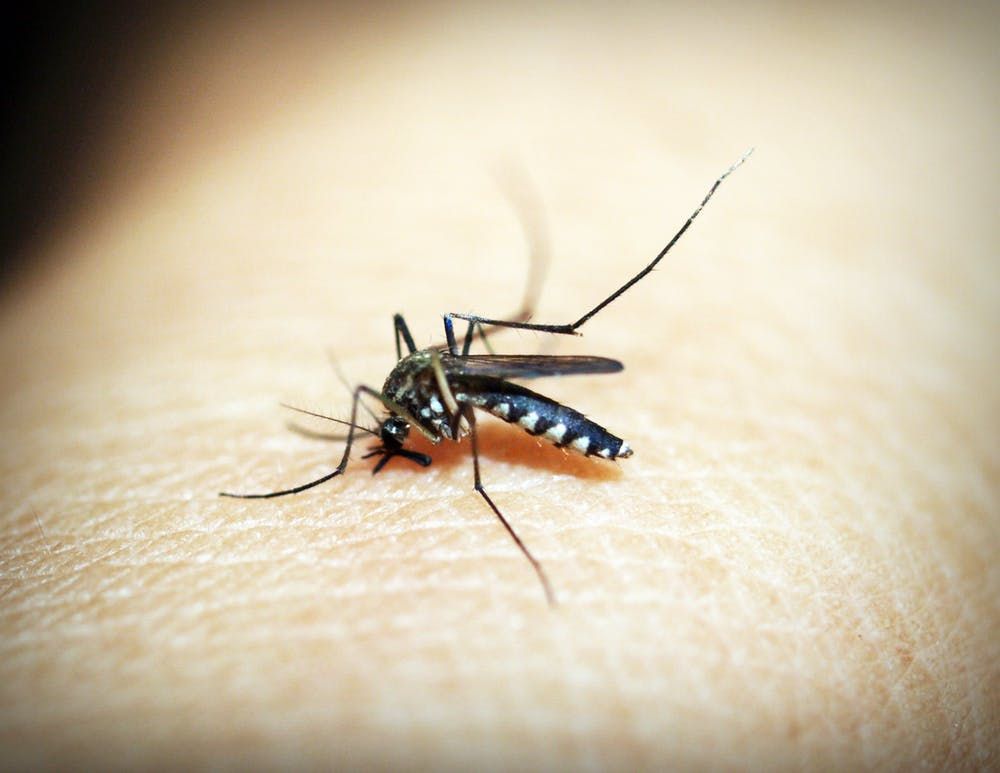Seasonal Malaria Therapy Prevents Death in Children
Experts call for wide roll-out across West and Central Africa.

A recent study, published in The Lancet, has found that a malaria therapy provided to children during the rainy season has been shown to significantly reduce death. The results are some of the first evidence on the impacts that malaria has on children. In a hospital in Gambia, deaths were found to be reduced seasonally by 57%, while the death rate in Burkina Faso was reduced by 42%.
The therapy, named Seasonal Malaria Chemoprevention (SMC), is a tablet form of medication, given once a month for the four-month rainy season. It has been estimated to cost US$3.63 per child and can be easily distributed to large areas throughout west and central Africa. Already established programs have been initiated in 13 countries in 2019, reaching roughly 22 million children. However, millions of children still have not had access to SMC.
The Achieving Catalytic Expansion of SMC in the Sahel (ACCESS-SMC) is a project which was set up to evaluate the safety and efficacy of SMC at a country-wide scale. Other metrics are also analyzed, such as effects on drug resistance, cost of delivery and cost of effectiveness. Countries included in this study were Chad, Mali, Guinea, The Gambia, Burkina Faso, Nigeria and Niger.
Over the course of the study, the incidence of severe malaria disease was reduced by 55% in The Gambia and by 27% in Burkina Faso. The overall cases of malaria were also reduced, with a range from 59% in The Gambia to 25% in Nigeria. The monthly treatment reduced over-all Malaria incidence by 80% over the course of a 4-week period. Drug resistance levels were found to be significantly low, with a range of 0.2% to 3%.
“This evaluation of the scaling-up of SMC implementation provides the first evidence of an impact in reducing malaria deaths in children. The project increased demand for SMC drugs, which in turn encouraged drug manufacturers to increase capacity and develop child-friendly formulations,” Paul Milligan, a corresponding author on the study said. “There are now programs in 13 countries, reaching about 22 million children in 2019. However, there is still a gap of around eight million children who live in areas suitable for SMC but are being missed, and delivery needs to be optimized to ensure high levels of coverage in all regions. These gaps must urgently be closed – while SMC does not provide complete protection, it should be made available alongside other measures to reduce the thousands of unnecessary child deaths from malaria every year.”
